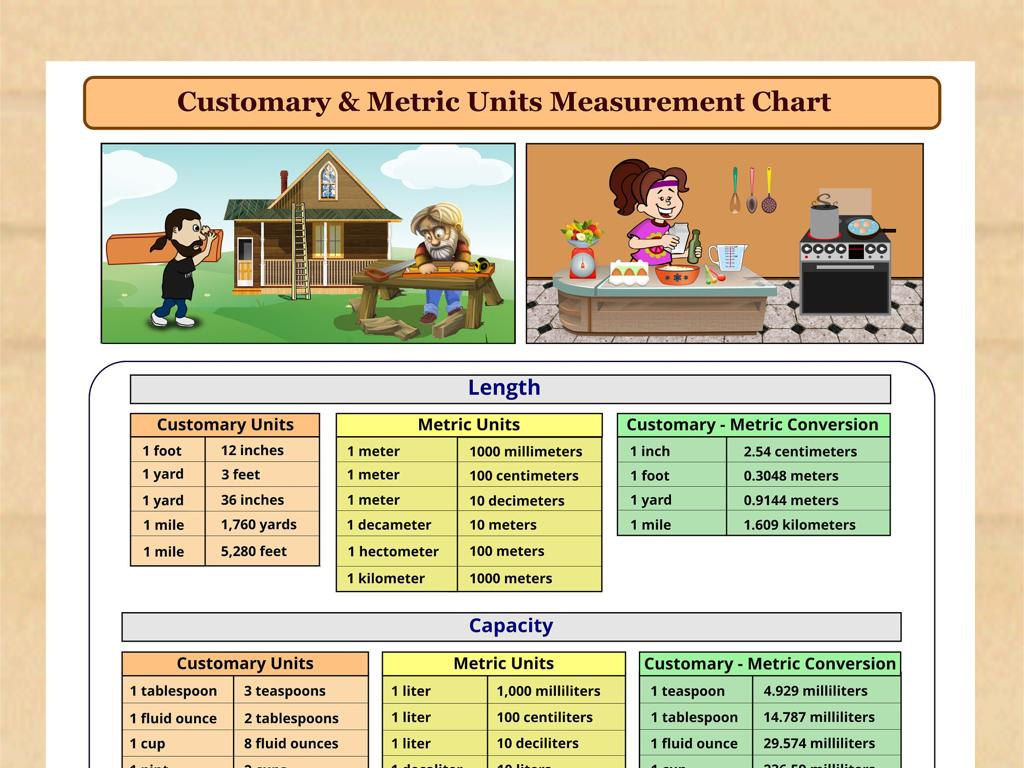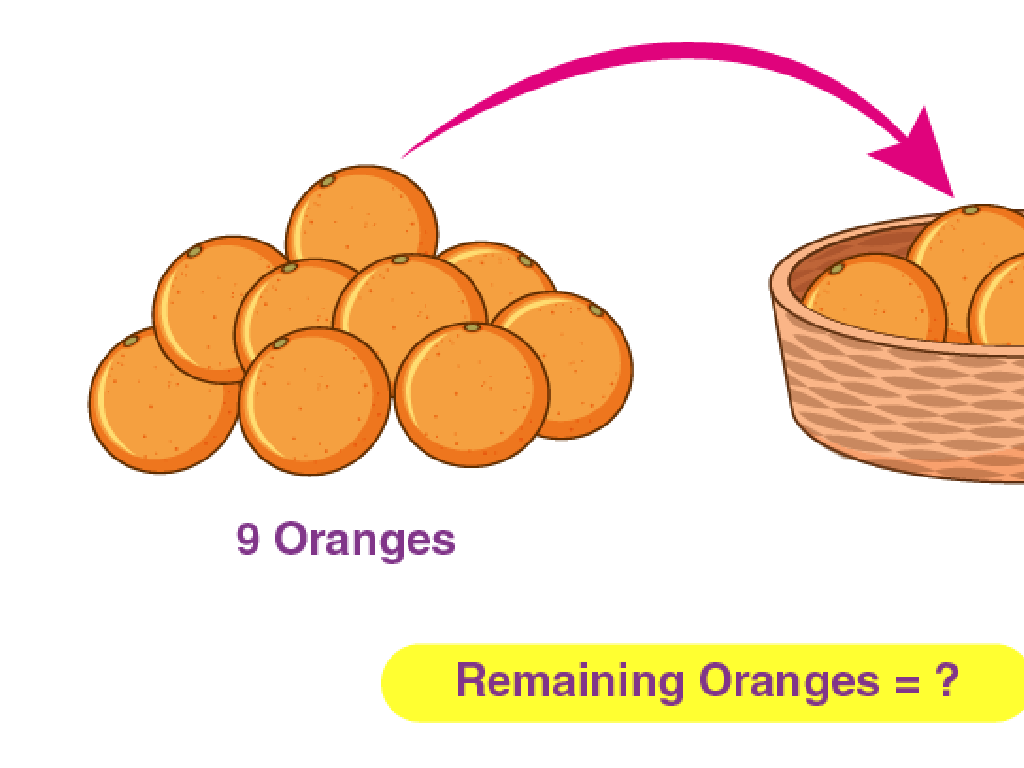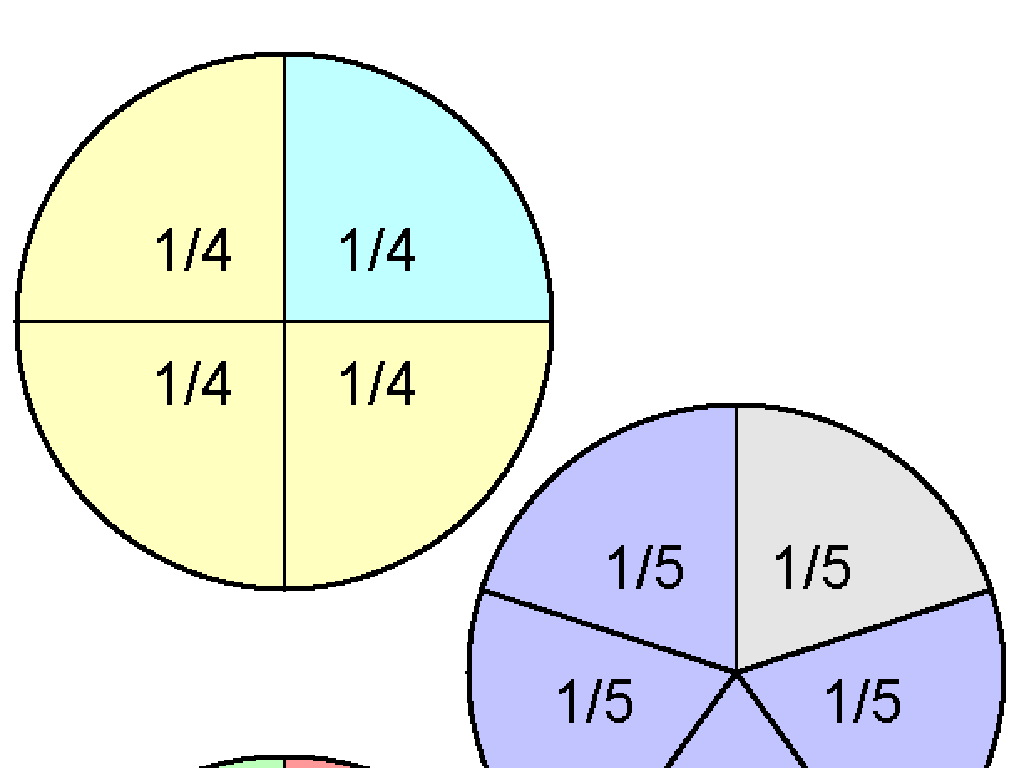Graph And Compare Fractions With Like Numerators Or Denominators On Number Lines
Subject: Math
Grade: Fourth grade
Topic: Compare And Order Fractions
Please LOG IN to download the presentation. Access is available to registered users only.
View More Content
Graphing and Comparing Fractions
– Understanding like numerators
– Numerators are the top numbers in fractions that show parts we have.
– Understanding like denominators
– Denominators are the bottom numbers that show total parts in a whole.
– Graphing fractions on number lines
– Place fractions on a line to see which are bigger or smaller.
– Fractions in daily life
– Use fractions when cooking or dividing things evenly among friends.
|
Begin the lesson by explaining that numerators represent the parts of a whole that we’re looking at, while denominators represent the total number of equal parts in that whole. Emphasize that when fractions have the same numerators or denominators, it’s easier to compare them. Introduce the concept of graphing fractions on a number line as a visual way to compare their sizes. Relate the lesson to everyday life by discussing how fractions are used in cooking (e.g., 1/2 cup of sugar) or in sharing items (e.g., dividing a pizza into equal parts). This will help students see the relevance of fractions beyond the classroom. Encourage students to think of other examples where they use fractions at home or in their daily activities.
Understanding Fractions
– A fraction shows part of a whole
– Like a slice of pizza is a part of a whole pizza
– Numerator and denominator explained
– Top number (numerator) shows how many parts we have, bottom number (denominator) shows how many equal parts the whole is divided into
– Example fractions: 1/2, 3/4, 5/8
– 1/2 means half, 3/4 means three quarters, and 5/8 means five out of eight equal parts
|
Begin the lesson by explaining that a fraction represents a part of a whole, similar to how a slice of pizza is just a part of the entire pizza. Clarify the roles of the numerator and denominator, ensuring students understand that the numerator indicates the number of parts being considered, while the denominator shows the total number of equal parts that make up the whole. Use common examples like 1/2, 3/4, and 5/8 to illustrate fractions that they may encounter in daily life. This foundational understanding is crucial before moving on to graphing and comparing fractions on number lines.
Understanding Fractions with Like Numerators and Denominators
– What are like numerators?
– Fractions with the same top number, e.g., 2/3, 2/5, 2/7
– What are like denominators?
– Fractions with the same bottom number, e.g., 1/4, 2/4, 3/4
– Examples with like denominators
– 1/4, 2/4, 3/4 share the same denominator (4)
– Examples with like numerators
– 2/3, 2/5, 2/7 share the same numerator (2)
|
This slide introduces students to the concept of like numerators and denominators, which is foundational for comparing and ordering fractions. Like numerators are fractions that have the same number on the top, indicating the same number of parts taken. Like denominators are fractions with the same number on the bottom, showing that the parts are of the same size. Use visual aids like fraction bars or number lines to help students see the differences and similarities. Provide examples and ask students to come up with their own. This understanding will be crucial as they learn to graph and compare fractions on number lines.
Number Lines and Fractions
– Visualizing fractions on a number line
– A number line can show us how big or small fractions are
– Plotting fractions to compare size
– Place fractions on the line to see which is larger or smaller
– Example: Plot 1/4, 2/4, 3/4
– Let’s see where 1/4, 2/4, and 3/4 go on the number line
– Comparing fractions with like denominators
– Fractions with the same bottom number (denominator) are easier to compare
|
This slide introduces students to the concept of using number lines as a tool to visualize and compare fractions. Emphasize that a number line is a visual representation that can help us understand the relative size of different fractions. Demonstrate how to plot fractions with like denominators on a number line, using 1/4, 2/4, and 3/4 as examples. Explain that when fractions have the same denominator, it’s easy to see which is larger or smaller by looking at their numerators. Encourage students to practice plotting these and other fractions on a number line to become comfortable with comparing their sizes.
Comparing Fractions with Like Denominators
– Same denominators: easy comparison
– Larger numerator means larger fraction
– If two fractions have the same bottom number, just look at the top number to tell which is bigger
– Example: Comparing fractions on a number line
– On a number line, 3/4 is to the right of 2/4 and 1/4, showing it’s larger
|
When comparing fractions with the same denominator, the process is simplified as we only need to look at the numerators. The larger the numerator, the larger the fraction’s value. Use a number line to visually demonstrate this concept to the students. For example, if we compare 1/4, 2/4, and 3/4 on a number line, we can clearly see that as the numerator increases, the position of the fraction on the number line moves to the right, indicating a larger value. This visual representation helps students understand the relationship between the numerator and the fraction’s size. Encourage students to practice by placing various fractions with like denominators on a number line and comparing their sizes.
Comparing Fractions with Like Numerators
– Fractions with same numerators
– Smaller denominator means larger fraction
– If numerators are equal, compare denominators
– Whole divided into fewer pieces
– Fewer pieces mean each piece is bigger
– Example: 2/3 vs 2/4
– 2/3 has larger pieces than 2/4, so it’s bigger
|
This slide is aimed at helping fourth graders understand how to compare fractions with the same numerators. Emphasize that when the top numbers (numerators) are the same, they need to look at the bottom numbers (denominators) to determine the size of the fraction. The key concept is that a smaller denominator means the whole is divided into fewer, but larger, pieces. Use visual aids like pie charts or number lines to illustrate this concept if possible. The example provided will help them visualize why 2/3 is larger than 2/4. Encourage students to think of other examples and to practice this concept with different fractions.
Let’s Practice Comparing Fractions!
– Compare: 3/5 vs 3/8
– Which fraction is larger and why?
– Compare: 2/6 vs 2/3
– Which fraction is smaller and why?
– Size of pieces in a whole
More pieces mean smaller size for each.
– Understanding fraction sizes
|
This slide is designed to engage students in a class activity where they will practice comparing fractions with like numerators on a number line. Students should understand that with the same numerator, the fraction with the larger denominator represents a smaller part of the whole because it means the whole is divided into more pieces. Conversely, the fraction with the smaller denominator is larger. For the teacher: Prepare a number line for each pair of fractions and guide students to graphically compare them. Encourage students to explain their reasoning for each comparison. Possible activities include using visual aids like fraction strips or pie charts to help students visualize the concept and understand why 3/5 is larger than 3/8 and 2/6 is smaller than 2/3.
Class Activity: Fraction Number Line
– Create your own fraction number line
– Plot fractions with like denominators
– Place fractions on the number line based on their value
– Compare and discuss fraction sizes
– Use the number line to see which fractions are larger or smaller
– Share findings with a classmate
|
This activity is designed to help students understand how to graph and compare fractions using a number line. Students will create their own number lines and plot fractions that have the same denominator. They will then use their number lines to compare the sizes of the fractions and discuss with a partner why one fraction is larger or smaller than another. For the teacher: Prepare materials for number line creation, guide students through plotting fractions, and facilitate partner discussions. Possible variations of the activity could include using different sets of fractions, comparing fractions with like numerators, or extending the activity to include ordering fractions.
Conclusion: Graphing & Comparing Fractions
– Mastered graphing fractions on number lines
– Comparing fractions with like denominators
– Fractions with the same bottom number (denominator) are easy to compare
– Comparing fractions with like numerators
– If the top numbers (numerators) are the same, check the bottom numbers to compare
– Key takeaways for fraction comparison
– Remember, the larger the denominator, the smaller the pieces
|
Today, we’ve solidified our understanding of how to graph and compare fractions on number lines. We’ve learned that when fractions have the same denominators, it’s straightforward to see which is larger or smaller because the pieces are the same size. However, when fractions have the same numerators, we must look at the denominators to determine the size of the pieces; the larger the denominator, the smaller each piece is. Reinforce these concepts with additional practice problems and encourage students to visualize fractions on number lines for a better grasp of their relative sizes.
Homework Challenge: Fraction Hunt
– Find fractions in your home
– Compare fractions you discover
– Which fraction is bigger or smaller?
– Note where you found them
– Were they in a recipe or on a ruler?
– Get ready to share in class
|
This homework activity is designed to help students apply their knowledge of fractions in real-life contexts. Encourage them to look for fractions in everyday items, such as cooking measurements in recipes or length measurements on a measuring tape. They should compare these fractions by considering like numerators or denominators and decide which are larger or smaller. Remind them to note the source of each fraction. In the next class, students will share their findings, fostering a discussion on how fractions are used around us. This will also reinforce their understanding of comparing and ordering fractions on a number line.






